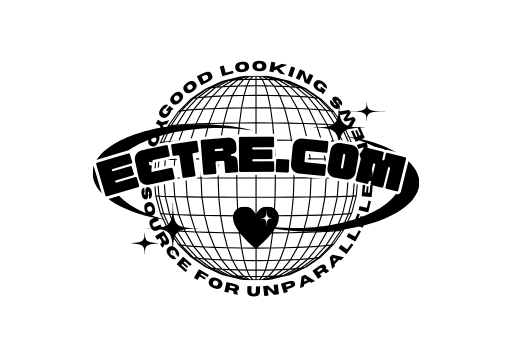Can Components Be Mounted on Both Sides of a Rigid Flex PCB?
Sides of a Rigid Flex PCB
Rigid flex is an excellent choice for PCBs that require a rigid structure and high reliability. This type of multi-layer board can be bent into a variety of shapes to fit your product’s unique design and function. In addition, rigid flex boards maximize space, which can cut costs and reduce the number of components that are required. The board’s flexibility and stability also makes it easier to test. These benefits make rigid flex the perfect choice for consumer electronics, automobiles, and aerospace applications.
While some designers may assume that a flex rigid pcb can’t be multi-layer, this is not the case. The layer stack-up of a flex rigid pcb is similar to that of a standard rigid PCB. The only difference is the positioning of the flex layer in the stack-up. For example, the flex layer can be placed in the middle, or near the top or bottom of the stack-up.
In a flex rigid pcb, the flex layer is usually placed in the middle of the stack-up. However, the position of this layer in the stack-up can be changed by the designer. This is because the manufacturing process will be the same regardless of where the flex layer is located. It is important to note that it is recommended to use the flex layer in the middle of the stack-up, as this will provide the most flexibility for the board.

Can Components Be Mounted on Both Sides of a Rigid Flex PCB?
As with all PCB designs, there are a few important factors to keep in mind when designing a rigid flex circuit board. These include layer stack-up planning, trace routing for flex tolerance, minimizing conductive lines through flex areas, thermal management, signal integrity, and impedance matching. The best way to ensure these crucial design aspects are met is to utilize an industry-standard ECAD/MCAD software platform that includes flex and rigid-flex features.
During the flex rigid pcb design phase, it is important to consider the materials that will be used in the flex area of the board. For example, using solid copper pours in the flex area will significantly decrease the bending strength of the PCB. In such cases, a hatched copper pattern would be more appropriate. In addition, it is essential to minimize the length of traces in the flex area of the PCB. This will prevent them from being pinched or sheared during the bending process.
Another important consideration when designing a flex rigid board is the design of the transition region between the rigid and flexible sections of the PCB. This region must be free of plated through holes and special copper features that are exposed to excessive stresses. It is also crucial to use rounded corners in the flex portion of the board, as these will be less likely to tear compared to sharp 90 degree edges.
Lastly, it is important to choose a manufacturer that has a detailed calculator to help you determine the manufacturing cost of your rigid-flex PCB. In addition to this, a manufacturer should also offer quick turnaround for both flex and rigid-flex circuits. This is because a quick turnaround will increase the speed of the production process, which in turn can reduce overall costs.

